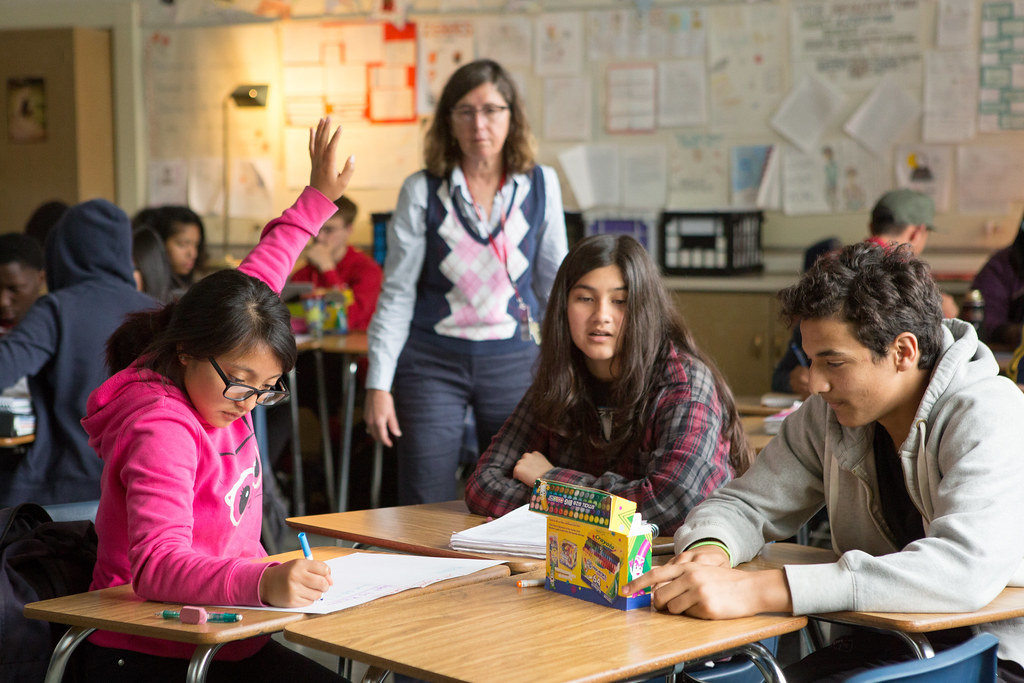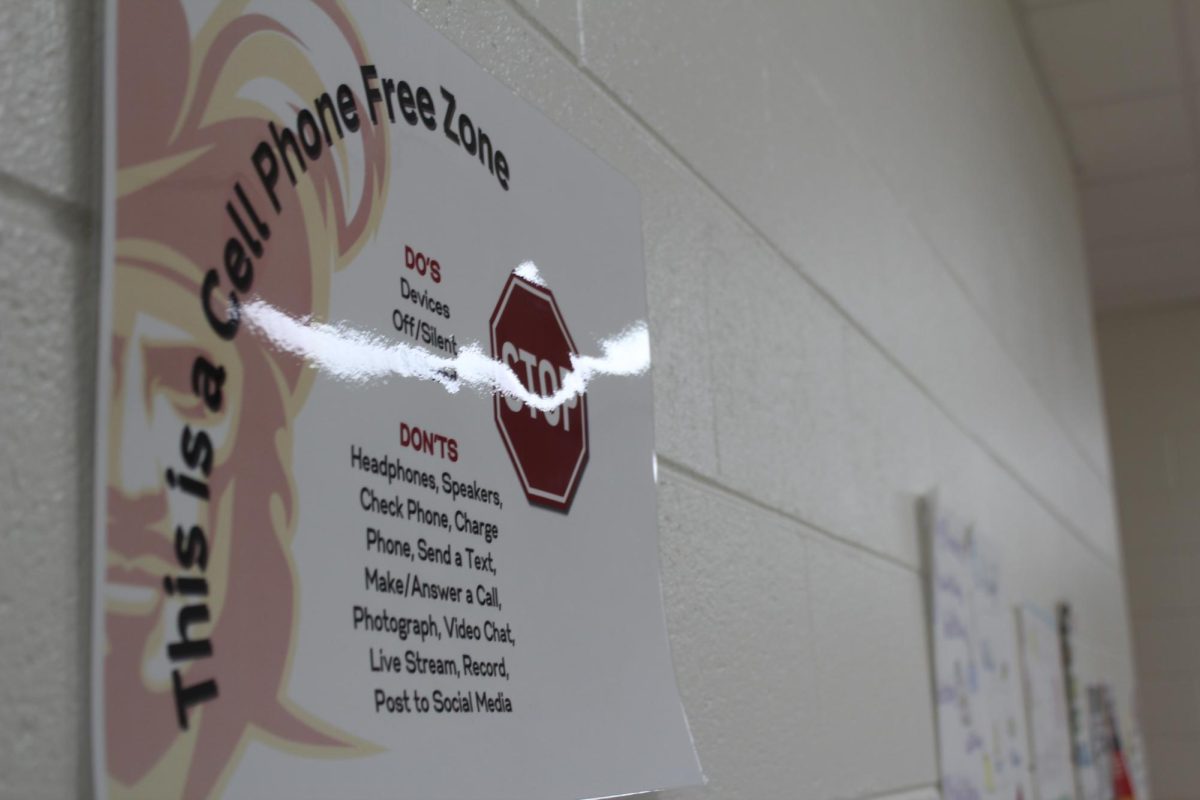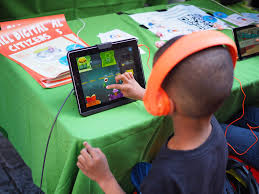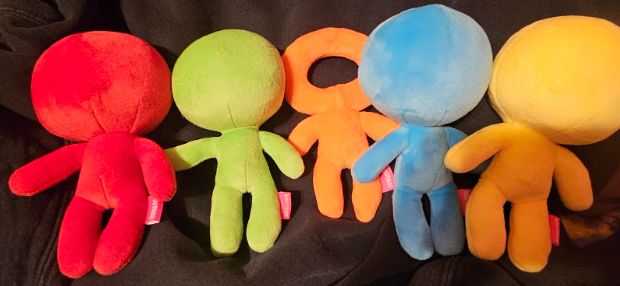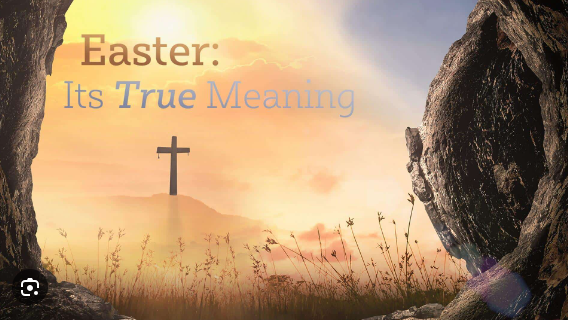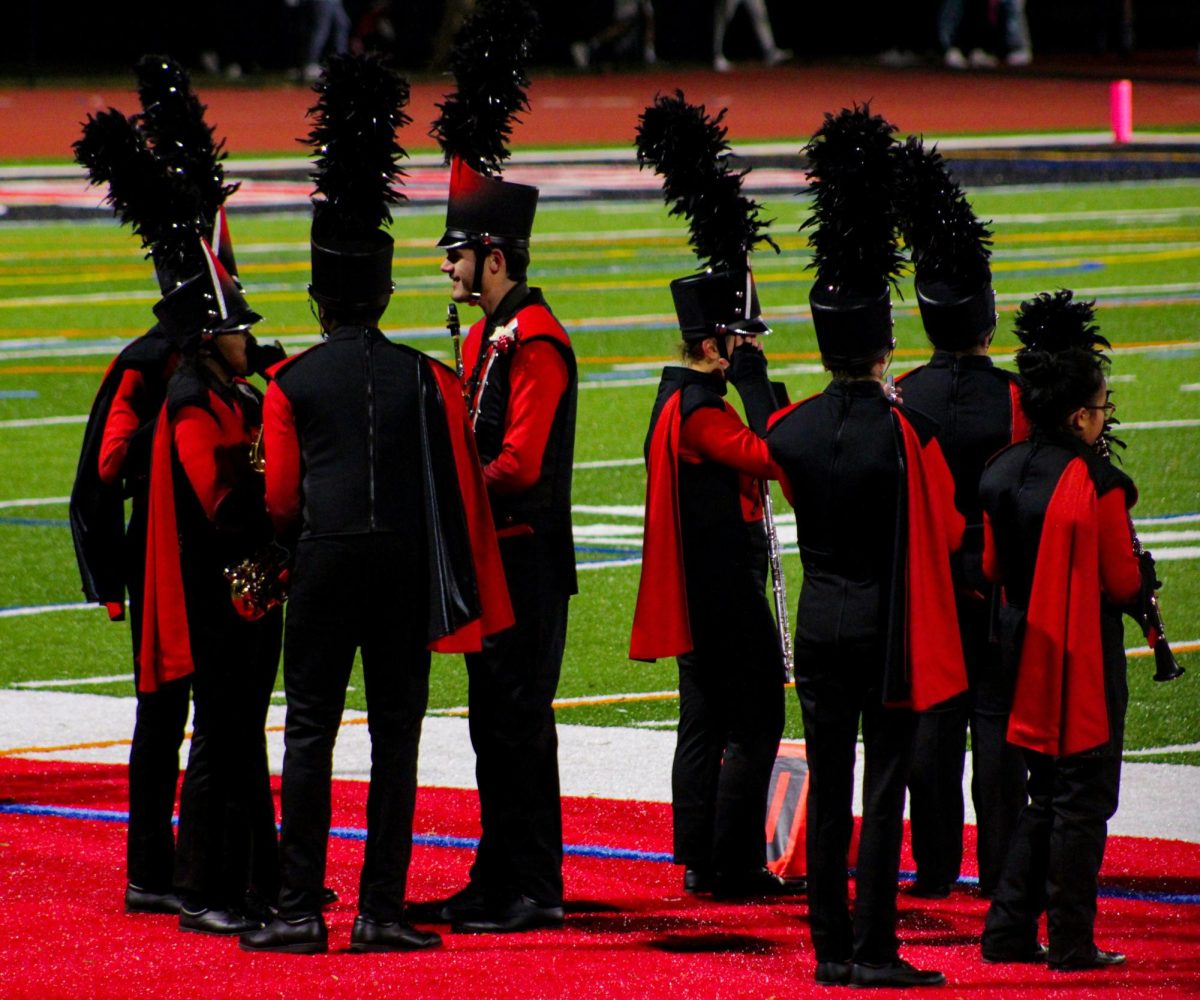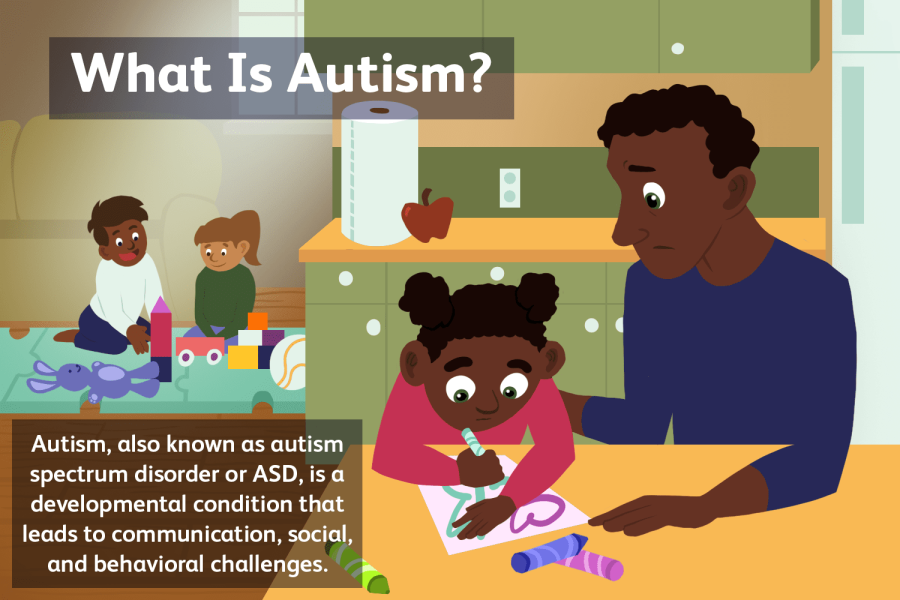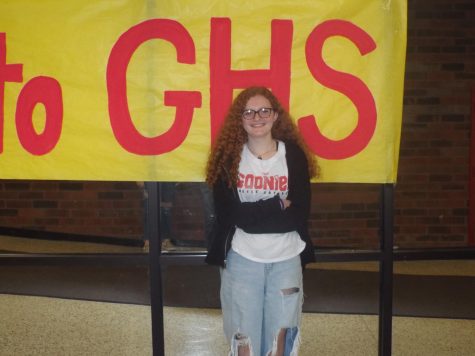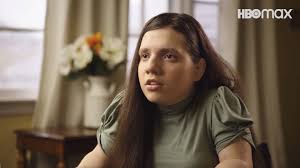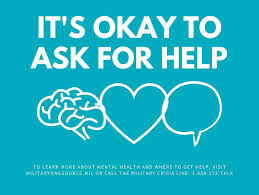Facing The Challenges of Every Day Life With Autism
October 13, 2022
Autism spectrum disorder (ASD) is a developmental disability caused by differences in the brain. Some people with ASD have a known difference, such as a genetic condition. Other causes are not yet known. Scientists believe there are multiple causes of ASD but there is so much they are still learning about ASD.
People with ASD behave, interact, communicate, and learn in ways that are different from people without ASD. The abilities of people with ASD can vary significantly. For example, some people with ASD may have advanced conversation skills whereas others may be nonverbal. Some people with ASD need a lot of help in their daily lives; others can work and live with little to no support.
ASD begins before the age of 3 years old and lasts throughout their lives, although symptoms may improve over time. Some children show ASD symptoms within the first 12 months of life. In others, symptoms may not show up until 24 months or older. As children with ASD become teenagers or young adults, they may have difficulties developing and maintaining friendships, communicating, or understanding what are expected in or on the job
Signs and Symptoms:
It is important to note that some people without ASD might also have some of these symptoms. But for people with ASD, these characteristics can make life very challenging.
Social communication and interaction skills:
Social communication and interaction skills can be challenging for people with ASD
Examples may include:
- Avoids or does not hold eye contact
- Does not respond to name by 9 months old
- Does not show facial expressions like happy, sad, angry, and surprised by 9 months
- Does not play simple interactive games by 12 months
- Uses few or no gestures by 12 months of age
Restricted or Repetitive Behaviors or Interests:
People with ASD have behaviors or interests that can seem unusual. These behaviors or interests set ASD apart from other conditions defined by problems with social communication and interaction only.
Examples would be:
- Lines up toys or other objects in a certain order and gets upsets when order is changed
- Repeats words or phrases over and over (called echolalia)
- Plays with toys the same way every time
- Is focused on parts of an object: for example the wheels on a car
- Gets upset by minor changes
- Has obsessive interests
- Must follow certain routines
- Flaps hands, rocks body, or spins self in circles
- Has unusual reactions to the way things sound, smell, look, or feel
Now there are other characteristics that may show up and those include:
- Delayed language skills
- Delayed movement skills
- Delayed learning skills
- Hyperactive, impulsive, and/or inattentive behavior
- Epilepsy or seizure disorder
- Unusual eating eating and sleeping habits
- Unusual mood or emotional reactions
- Anxiety, stress, or excessive worry
- Lack of fear or more fear than expected
There has been a controversy if students with ASD should be allowed in classes with students that don’t have ASD. “I feel everyone is entitled to their right to have a fair education, and people with autism can be a learning experience for everybody. They have a lot to offer, they can teach people they can learn differently and still learn. They can also teach people how to be kind and non judgmental because I haven’t met a single person with autism to be judgmental.” Mrs. Brunjes says.
Unfortunately there is bullying to students/people with autism. These students have asked to remain anonymous but they said they have been called names, or made fun of due to the fact they have a resource class. One student was also made fun of and had been called “disabled” because of her neck. “I haven’t seen it first hand but I know all my students have seen, or experienced bullying.” Mrs. Jurgensen said.
I asked what made Mrs. Jurgensen and Mrs. Brunjes want to teach/help students with autism. Mrs. Brunjes said “Ever since the 4th grade I volunteered in classes with students that had severe autism, ever since then I knew this is what I wanted to do. I also have relatives with special needs and then when I was diagnosed with a learning disability in math and ADHD I knew I was on the right track. I worked with elementary students with autism and then I decided to take a leap of faith and do it in high school and I don’t regret it.” Mrs. Jurgensen said “I love all children and I love helping them succeed and you have to be different to make a difference”


